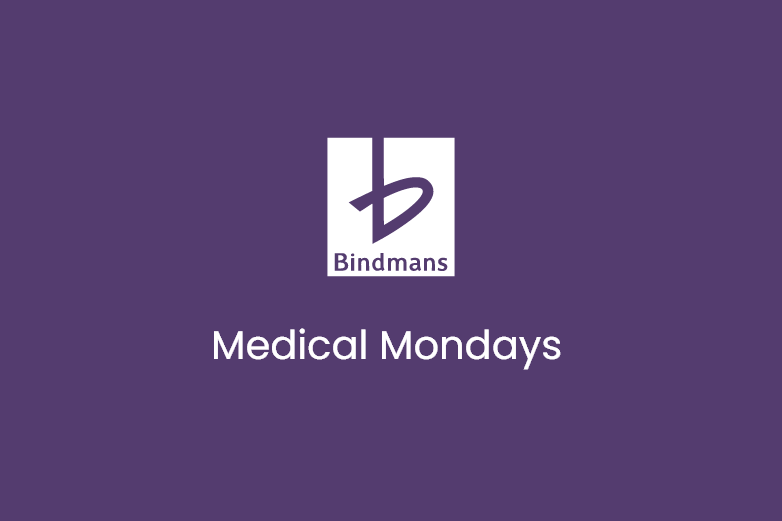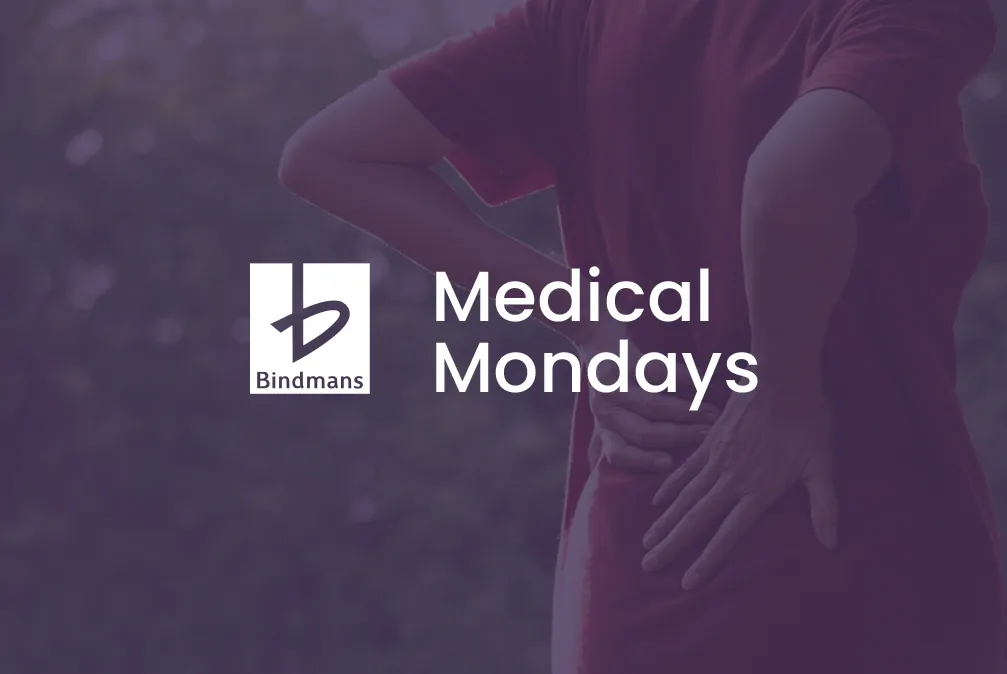Visit our Medical Mondays hub for more information
Accident and Emergency (A&E) Departments are the frontline of acute healthcare provision. Doctors are often required to make quick decisions, nevertheless, patients remain entitled to receive an adequate standard of care.
Accident and Emergency Departments provide critical care facilities for those most in need. Nurses and doctors in Accident and Emergency Departments are faced with complex medical challenges in unexpected and difficult circumstances. Though they often provide a high standard of care to patients with serious and life-threatening injuries, mistakes can occur due to the busy environment in which they work. Like in any other hospital setting, patients in A&E are entitled to a certain standard of care as governed by English Law, and as set out in the National Institute for Health and Care Excellence (NICE) guidelines and pathways.
Unfortunately, some mistakes can be traced back to more systemic issues such as lack of funding, poor training, poor management, or lack of staff. With ongoing financial pressures placed on our healthcare system, coupled with continual low rates of investment compared to previous years and with almost 17.4 million people attending A&E in the 2020-21 period, it is inevitable that avoidable mistakes occur.
What are the types of errors that can occur in A&E
It is important to note that not every mistake made results in negligence. Negligence is usually only established if you can show that your injuries, either physical or psychological, resulted from avoidable wrongdoing. Given the situation in which you would find yourself in A&E, negligence in this setting can also occur when a pre-existing injury or illness has been exacerbated.
The types of negligence that are commonly found in an A&E setting include:
- Delayed treatment
Failure to act quickly, for example in diagnosing or treating sepsis or dealing appropriately with cauda equina syndrome, can result in life-changing injuries and ultimately, can be fatal.
- Misdiagnosis
Misdiagnosis claims can be minor or very severe. Misdiagnosis can result in failure to provide accurate or appropriate treatment, for example incorrectly diagnosing a child with chickenpox rather than meningococcal septicaemia can result in catastrophic injury or death. Failure to refer a patient to a relevant specialist also falls under this remit.
- Failure to refer the patient for appropriate tests and/or insufficient examination of the patient that has resulted in delayed treatment or misdiagnosis
For example, failure to properly assess a patient suffering from acute pancreatitis and not referring them to the surgical team on time, or failing to carry out a Simmonds examination for a ruptured Achilles tendon.
- Hospital infections
This can occur when areas are not kept to the high sanitisation standards at which they are expected to be, and these infections are then contracted by the patient.
- Complete failure to treat
For example, dismissing someone because they have attended A&E numerous times before with no injury.
- Failure to accurately record the results of tests or treatment resulting in improper care or treatment being provided
- Dispensing or prescribing the wrong medication
- Discharging a patient prematurely / incorrectly
How to bring a successful clinical negligence claim
To bring a successful claim in negligence you must prove two elements:
- Liability
- Causation
Liability refers to the necessity to establish a link between the negligence of the potential defendant and the injury of the claimant i.e., that someone else is responsible. In this instance, to establish liability, it must be proved that the Trust breached their duty of care owed to you as a patient.
The second element of a claim that will need to be proved is causation. You will have to show that Trust’s negligence caused harm i.e., the consequential injuries and losses that have been sustained. Causation in clinical negligence claims can be complex given the circumstances in which people attend A&E for.
Once both liability and causation have been proven, we will then move to consider quantum in this specific matter. Evidence will be required to prove the extent of the losses and injuries sustained. Compensation varies greatly depending on the type of injuries that have been sustained. Every case is very different, so the final compensation award will be based on the severity of the injuries sustained and the impact this has had on your day-to-day life. Other losses or expenses that have also arisen as a result of your injuries will also be included such as loss of earnings, medical treatment/therapies, and equipment as well as a consideration of such losses that will occur in the future.
If you have suffered negligence as a result of failings in A&E, you have a three-year limitation period in which you can bring a claim. The three years begin from the date of the alleged negligence or that date that you knew or should have known that the injuries were attributable to the negligence. You can also bring a claim on behalf of a loved one who has died as a result of negligence, or if they do not have capacity themselves. The limitation period for such claims remains the same. If the negligence claim is concerning a child, the limitation period differs; proceedings must be issued before the child’s 21st birthday.
Find out more
Find out more by visiting our Medical Mondays hub, designed to provide up-to-date information on the different injuries, accidents, and claims that are commonly encountered by our team.






